Retracing my steps became an obsession. I dreamt of it so often, that periods of wakefulness became exercises in frustration.
To think I’d only been there twice before. This, I suppose, is a testament to its allure. Either that, or I was compelled by the intensity of familial proddings. Notwithstanding my utter lack of resolve in previous years, I felt I still belonged by virtue of my mother’s roots. But when it came time for me to cross the waters to her hometown, there was a moment’s hesitation. Would it be the same as it was twenty years ago?
For those who’ve landed on this page simply wanting directions, you can jump right down to my quick guide on How to Get to Bantayan Island. Otherwise, I ask for your indulgence over this delinquent traveler’s sentimental cogitations.
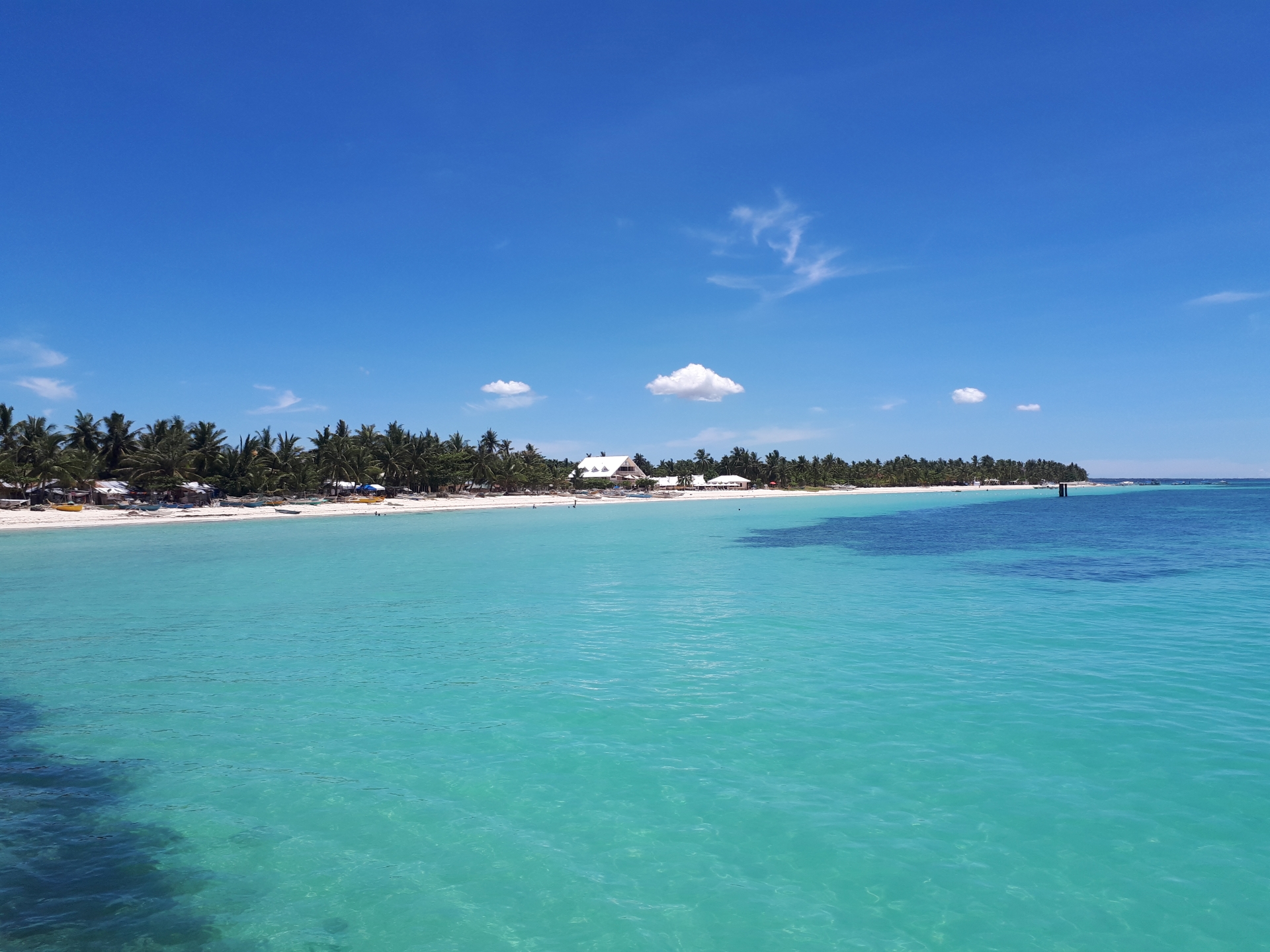
Whatever fears I had of the island’s having evolved beyond the comfort of familiarity was allayed by the visual feast that unraveled at our approach to port, sparkling turquoise waters and shimmering white sands under a bright blue heaven, stretching as far as the eye could see. Right in the midst of all this beauty stood Sta. Fe Beach Club’s white gable roof, seemingly untouched by the passage of time, and still visibly unchallenged by imposing structures of modern luxury.
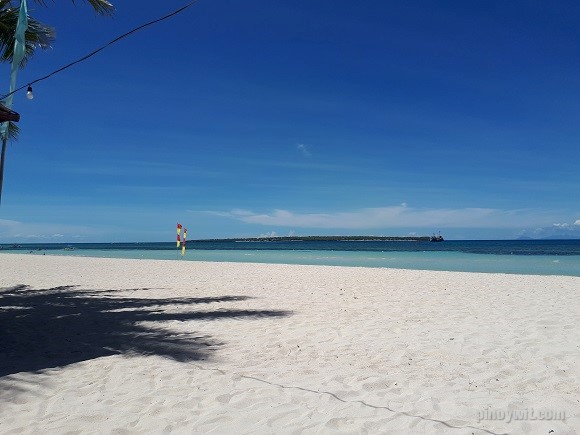
If I’d stayed close to port, I’d have happily submerged myself in my time capsule, reveling in endless hours immersed in the sea, or feasting on kilos of fresh scallops before finally passing out in semi stupor over the beach, sunburnt and overfed. But I had to venture out, urged by the sometimes devastating human virtue of curiosity.
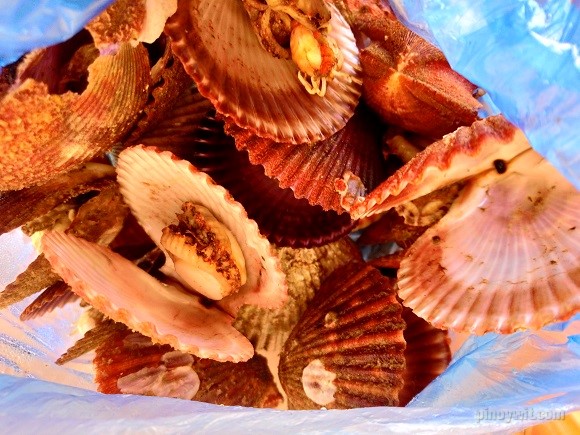
Beyond the island’s enduring natural features, the air of newness was heavy and palpable. Close by, Sta. Fe’s Poblacion throbbed with the energy of night life, it’s narrow streets hemmed in by the purveyors of gastronomic delights seemingly from all over the world. Restos, bars, and delightful holes in the wall announced they were of Greek, Italian, Korean or American influence, there to compete with the ubiquitous Filipino sea fare. More than the abundance of foreign food, the presence of individuals of every conceivable nationality signaled with finality the shift in island life.
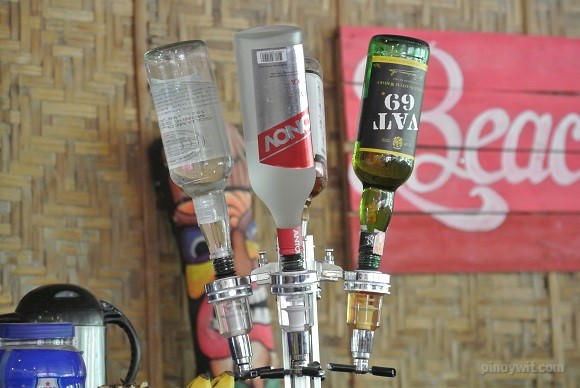
Farther on in Binaobao, Bantayan proper, the changes came with a mild sting. The centuries old St. Peter and Paul’s Church, so magnificently tapestried in my mind with the deep hues of culture and history had shed its sombre stone facade for a light shade that masked its venerable character. I’d read though that this was how old structures may have looked at some other point in the past — painted. At the very least then, its essence endured, which could not have been said for the old houses I loved so well, which used to gather around the old church like children to their mother’s skirts.
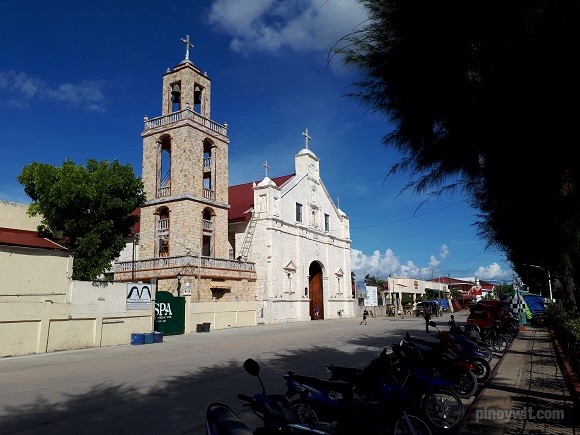
Only a handful of the elegantly trim ancestral abodes looked the same. Even my grandmother’s home where my mother once lived, with its capiz shell windows, corner tree trunk posts and wooden bolted doors had surrendered its soul to more enduring steel, concrete and glass.
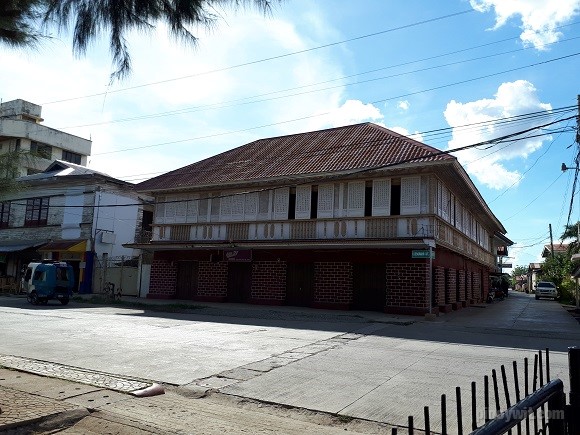
Even the quick side trip we took to Lawis, Madridejos, which in my youth I imagined to be the sleepiest and most far-flung of the barangays we stayed in was not without its surprises. The rough road I remember traversing years ago was now supplanted by a thoroughly paved surface, and the enchanting stone well at my grand aunt’s place had given way to an electric contraption.
It isn’t right to shrink from change, because change does not respect anyone’s wishes or sentiments. It will go on as it always has. But what is unpleasant about it is that, it eliminates the physical support of happier memories, those ones we naturally flee to when confronted by life’s difficulties.
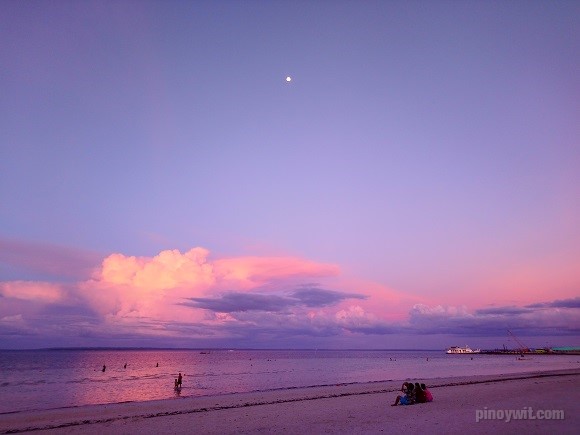
As with anything beloved and enshrined however, as I have Bantayan Island, everything can be forgiven. Bantayan will always be one of my ideals, no matter its looks. And now that my mother has come home for the last time, now more than ever, there will be that promise to return, to remember, to rejoice.
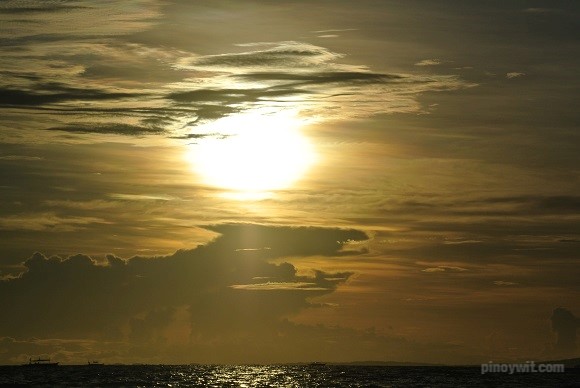
How to Get to Bantayan Island
Before you even think of getting there, consider booking a place to stay in especially if you’re visiting in the summer months of March, April and May. Some of the resorts you can check out include Anika, Beach Placid, Hoyohoy, Coral Blue, Amihan, North Ville and Kota.
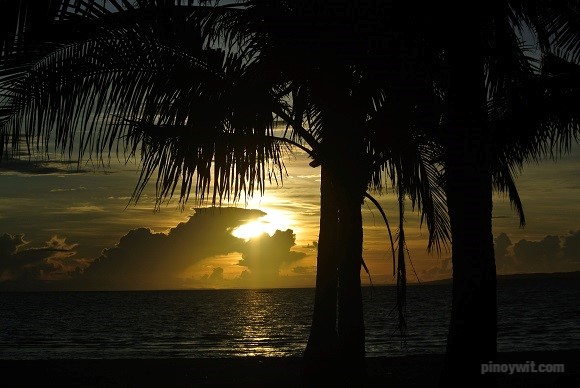
To get to Bantayan:
1. From wherever you are, you need to get to Cebu City first. Whether you’re starting off from the pier or airport, take a taxi to the North Bus Terminal. Depending on the time of day, the trip can take less than 30 minutes.
2. At the bus terminal, there are buses that leave for Hagnaya port several times a day. To be on the safe side, prepare more or less Php 250 for your bus fare.
Alternatives to riding a bus would be to negotiate with a taxi driver or hire a private vehicle to take you to Hagnaya.
The trip from Cebu City to Hagnaya takes 3 to 4 hours.
3. From the port of Hagnaya, take a ferry to the port of Sta. Fe in Bantayan. A ferry leaves almost hourly for Sta. Fe. As of this posting, rates are below Php 200. The trip takes around a little over an hour.
4. Some resorts fetch their clients from the Sta. Fe port upon prior request during booking. If you haven’t requested to be picked up, you can catch a tricycle to your destination.
5. If you need to go elsewhere other than Sta. Fe, you can take a tricycle to Poblacion, Sta. Fe where you can take another tricycle or a jeep to Binaobao, Bantayan, from where you can take a ride to wherever else you need to go.
6. Going back to Cebu City, you can try to catch a Ceres bus right in Binaobao if there is one waiting. That can take you directly to the ferry and off to Hagnaya and back to Cebu. Of course, you can always just ride the ferry and look for a bus in Hagnaya that can take you back to Cebu City.
7. Remember, if you get confused, it won’t hurt to ask the resort staff for help.
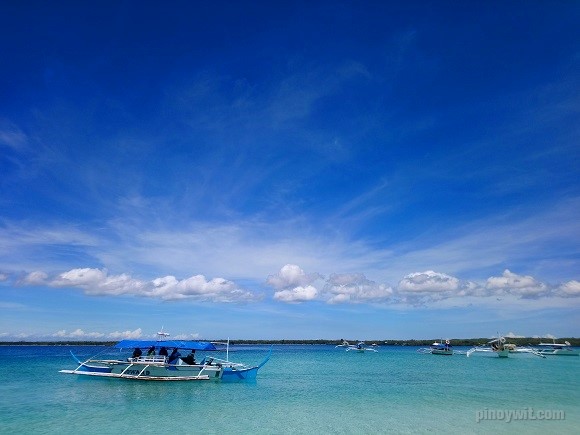
Recent Comments